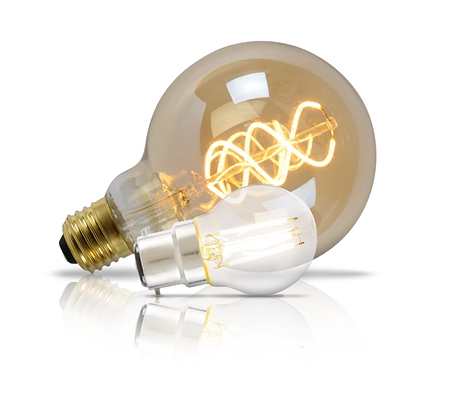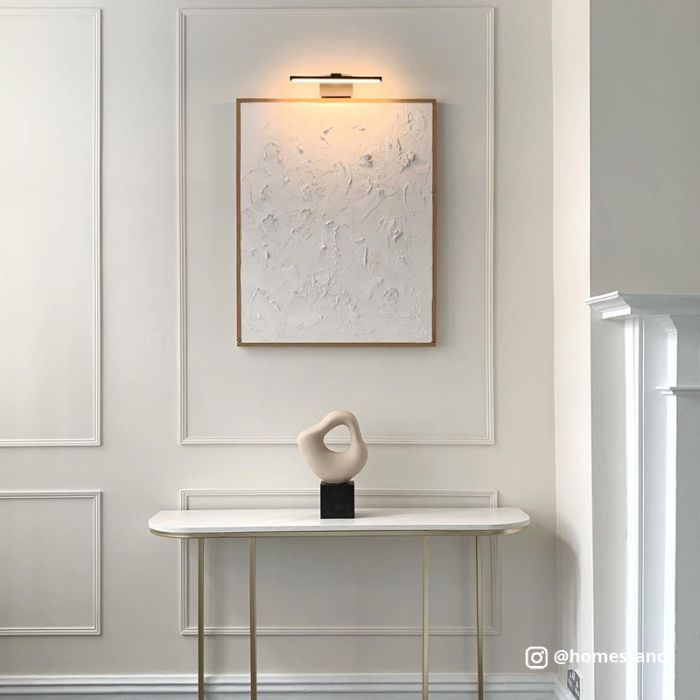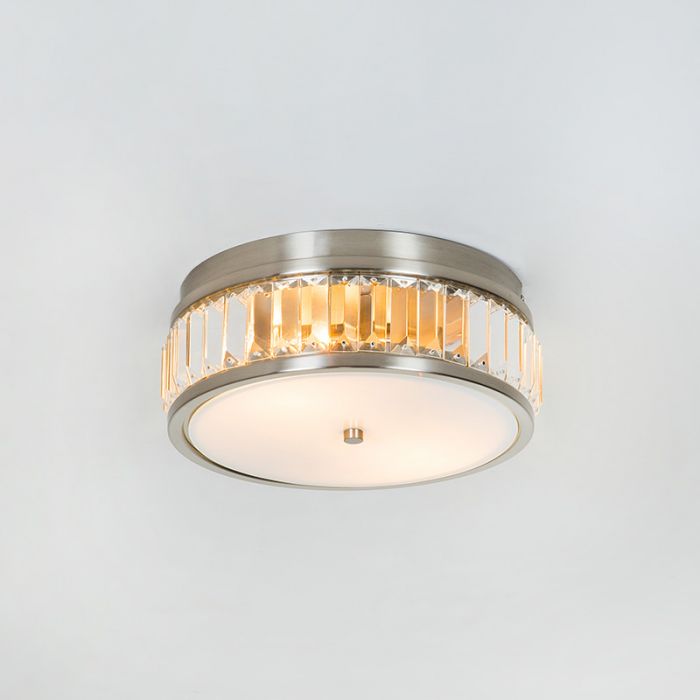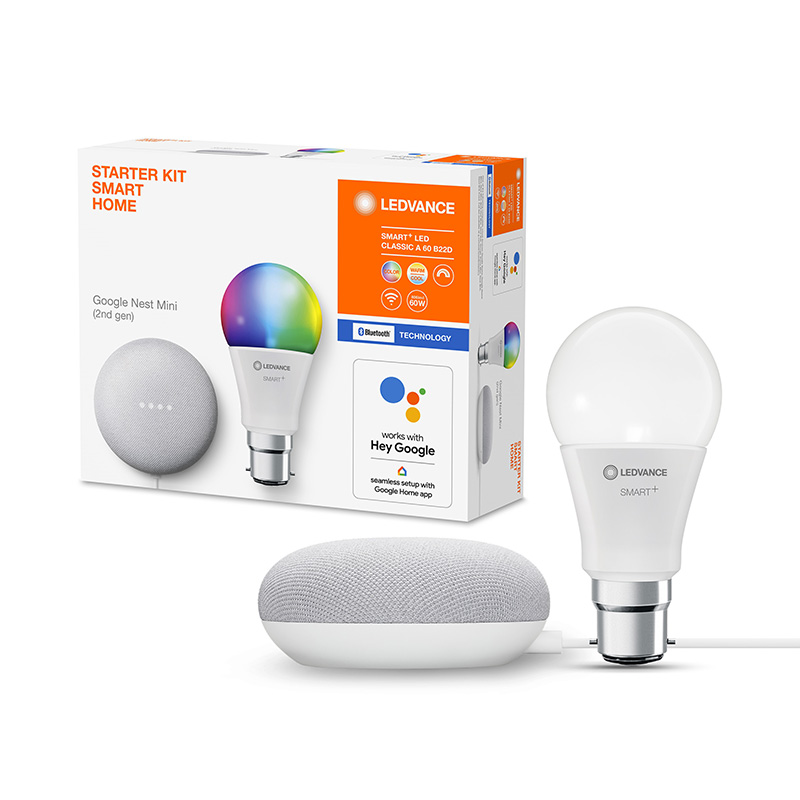With traditional bulbs soon to become a thing of the past, there has never been a better time to embrace energy saving lighting. From September 2021, climate change plan mean halogen bulbs will be banned. However, we still notice these older style bulbs on our website as we clear out our remaining stock. Now is the time to think of LED as the new standard when it comes to lighting. As well as the cost savings to you, there are lots of other benefits. According to the Energy Saving Trust, lighting accounts for about 15% of the energy used in a typical home. Think about how many lights, lamps, and fittings you have in each room, and this can soon mount up. Choose the right energy-saving bulbs and light fittings, and you will soon start to reap the rewards. In this article we are going to give you advice and tips on the best ways for you to save money and maximise the lighting in your home.
First explore our top tips:

Read more…
Are there different types of energy-saving light bulbs?
There are two main types of energy saving lightbulbs that can be used in and around the home – LEDs and CFLs.
LEDs or Light Emitting Diodes use around 90% less energy than standard incandescent or halogen bulbs. These come in a wide variety of styles, sizes, colours, and shapes for many different fittings. You will easily be able to replace traditional bulbs like for like but LEDs will last far, far longer. They are particularly good for replacing spotlights, even dimmable varieties, which will easily slot into place.

CFLs or Compact Fluorescent Lamps are now considered a slightly older style of energy-saving bulb, yet they are definitely still worth keeping in mind. Whilst they are not quite as energy efficient as LEDs, they still use around 60-80% less energy than their equivalent old-style fluorescent bulb.

Swapping just one regular light bulb with a long-lasting, LED of the same brightness will save you £2 a year. Multiply that by every light in your house, and that saving becomes quite significant.
Selecting the most suitable LED bulb can be a bit of a minefield as the choice can be overwhelming. If you need help selecting the right LED for your home and light fitting, we have written a comprehensive bulb buying guide here.
What are the benefits of LED?
The biggest benefit of LEDs by far, is the cost savings they can provide. As an energy-efficient light source, they use very little power when compared with older halogen or incandescent bulbs. Over time you will notice the difference on your electricity bills, too.
Adding LEDs to your home is a huge benefit to the environment, helping to reduce your household’s carbon emissions significantly.

Change your light bulbs
If you were to swap all the traditional halogen spotlights or regular light bulbs in your home for LEDs, you could save roughly £35-£55 a year on your electricity bills. Combined with the fact that each bulb will last in the region of 25 years, so they will rarely need to be replaced, LEDs are a very economical choice.
The other major advantage of using LED is the superior quality of light. They typically provide a larger distribution of light and reach their full brightness immediately as soon they are switched on. Even compared with older CPL energy saving light bulbs, LEDs use much less energy.
The biggest benefit of LEDs by far, is the cost savings they can provide. As an energy-efficient light source, they use very little power when compared with older halogen or incandescent bulbs. Over time you will notice the difference on your electricity bills, too.
As LEDs are now available in virtually every shape, size, fitting, even colour imaginable, you won’t have to compromise on light fittings to fully embrace LED technology and start reaping the rewards.
Adding LEDs to your home is a huge benefit to the environment, helping to reduce your household’s carbon emissions significantly.
How do LED bulbs save energy?
The output of LEDs is measured in lumens, which are a measure of the total amount of visible light to the human eye from a light source. The higher the number of lumens, the brighter the light will be. You may be used to thinking in watts when it comes to bulbs, and with incandescent and halogen bulbs this referred to the energy of the bulb. LED technology means that like for like, you can mimic the power output of a bulb and achieve the same effect, using a tiny fraction of the energy.

We are all becoming increasingly aware of ways to reduce our own carbon footprints. Things like avoiding single use plastic, eating less meat and recycling as much as possible can all help towards living a more sustainable lifestyle. But did you know that using LEDs and other emerging technologies could also have a positive impact?

Energy efficiency
The environmental benefits of using LEDs are huge. LEDs are at least 80% more energy efficient that traditional lighting and they produce abundant high-quality light with virtually no heat as a by-product. Compare this with fluorescent lights that use practically all their energy for heat, and produce just a small amount of light. The heat produced by lights is wasted energy, so it is easy to see how with LEDs this energy is preserved. LEDs can produce the same output of light with much less energy use and virtually no heat, which means less pressure on power sources and lower greenhouse gas emissions.

Removing toxic chemicals from lighting
Unlike some traditional bulbs that used to contain harmful toxic chemicals such as mercury, all the components of LEDs are fully recyclable and safe. Once no longer needed and disposed of, older style bulbs would have contaminated soil and ended up in landfill. Today specialist recycling facilities exist for LEDs to ensure their safe disposal, helping to preserve the environment and reduce waste.

You won’t need as many lights
The quality and spread of light produced by LEDs is so advanced and superior compared with traditional bulbs, you will find that you need to use less of them. The distribution of light is so focused that nothing is wasted (i.e. light cast onto ceilings where it is not required). The same effect, brightness and intensity can be achieved with fewer LEDs than halogens or even fluorescent lights, which will offer savings in energy use and running costs.

Long life spans
Put simply, the longer the life span of an LED, the better it is for the environment. With many LEDs lasting up to six times longer than regular bulbs, the need to replace them frequently has been virtually eradicated. Fewer bulbs and lights will need to be manufactured, helping preserve resources and energy, materials, even man power. This will contribute towards lower carbon emissions which is a huge step towards protecting the planet.

Integrated LEDs
Integrated LEDs offer an easy solution for those who don’t have the time to work out exactly what the right LED bulb is for each individual light fitting is. Integrated means that the fitting comes with the LED bulb build in, ready to install and taking all the guess work out for you. An LED has been chosen that will not only complement the light fitting perfectly, but will deliver exactly the right amount of light required.
When searching for lights on our site, look out for the filter highlighting LED for our range of integrated LED fittings or follow the links below for our best-selling ranges. To double check, do check out the specification of the light before purchasing.
When it comes to energy-saving lights, solar lighting is really a no brainer. These lights harness the energy of the sun alone to power up, without the need for plugs, batteries, mains wiring. Nor will you ever have to consider their running costs, the impact on your bills or the environment.
Solar lights used to be viewed as disposable, almost throwaway, annual purchases. However, the quality of solar lights has improved vastly, and they now last much longer; typically, between 5 to 10 years at a time without losing any of their brightness. It’s worth investing in different lights for the various areas of your garden, especially if you are planning to spend more time outdoors.

Eco Friendly


LED
The range and variety of solar lights available is huge. String lights, feature lights and wall lights which are designed to decorate outdoor spaces, are perfect for parties or enjoying evenings in the garden or on the balcony. They are the perfect way to create ambience outdoors, without breaking the bank or needing an electrician. On the more practical side, wall lights, bollards, floodlights and spotlights will improve safety and visibility to all external areas including gardens, walkways and paths.
Why not take a look at our range of solar party lights, floodlights, posts and bollards, and much more.
What else can I do to save energy?
As well as replacing all your traditional bulbs, there’s lots you can do with lighting to save even more energy throughout your home:
Always turn off the lights when you leave the room. Even if you’re just leaving the room to make a call, to have dinner etc, if no-one’s in it, switch off the lights.
Rather than automatically switching on lamps and lights, be aware about how many you’re switching on and whether you really need them. For example, could you open the blinds or curtains to let more natural light in first?
Instead of leaving the lights on when you go out at night, use timer switches.
Install dimmer switches. By using one, you will be reducing the amount of energy flowing into the fitting, helping you save a bit more energy overall.
Think about the using the most appropriate lighting for the room it’s in. For example, an office might need much brighter lighting that the sitting room, where softer background lighting is better. Having a range of different lights, such as lamps and ceiling lights, with their own switches will help with this.
You may not have realised this but cleaning light fixtures, fittings and bulbs can also help improve how they use energy. When bulbs are dirty and encrusted with dust, it’s estimated they could emit up to 30% less energy than when they’re freshly cleaned. So, get out the step ladder, some dry cloths, and get dusting all the bulbs and lights in your home today. Remember, it’s important to use a dry cloth, without any water or detergent on it, so as not to risk any damage to the electrics inside your light fittings or the bulbs themselves.
If you install smart bulbs you can control the lights from your phone or tablet even when you’re away from home. This is a much better approach for security that simply leaving the lights on or using a traditional timer.
Smart bulbs work just as well if you’re in another part of your home or perhaps you simply can’t be bothered getting up off the sofa, and want to adjust the lighting. There is a wealth options available to you at your fingertips. Dim, brighten, or adjust the colour of your smart lights by using apps such as Phillips Hue.
Smart lighting can be connected through Amazon Alexa or Google Home devices using voice control or to set handy alerts. How about using lighting to help wake you up in the morning with gradual lighting, to mimic natural sunrise?
We sell a wide range of energy saving lighting products, designed to make life easier for you and save the planet at the same time. Whether you are looking to revamp your living spaces or give gardens a decorative touch, we have energy-saving lighting solutions to suit your needs. If you have any questions about any of our products, our experienced and knowledgeable customer service team are on hand to help, so why not drop them a line at customerservice@onlinelighting.co.uk

Andrew Evangelidis Head of Buying
Andrew is an experienced buying professional who takes an entrepreneurial approach to identify new lighting solutions and ensure Lyco have first-to-market ranges for our customers. Having previously worked for well known brands such as Wickes, Carphone Warehouse and Toys R Us, Andrew has now turned his hand to sourcing commercial lighting and ensure our customers receive top brand quality products at marketing leading prices. He manages a team of commercial and decorative buyers who travel the world finding new products that our customers don’t even know they need yet.








